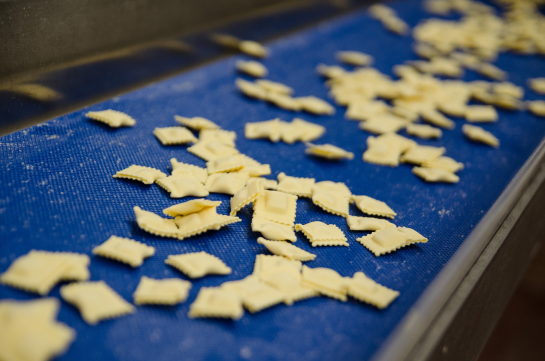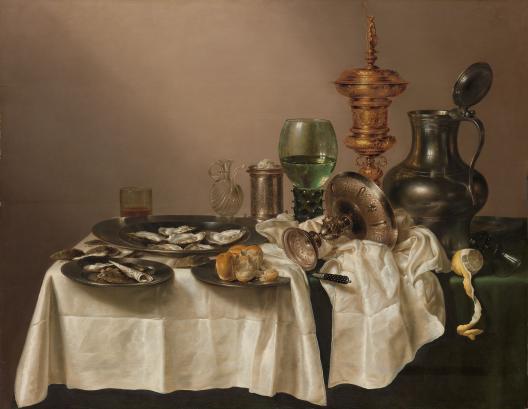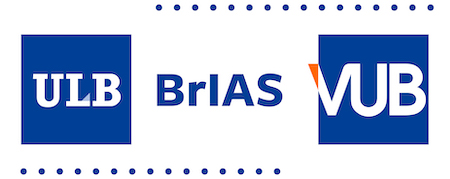Challenges and opportunities in pasta innovation
Pasta is an iconic Italian food increasingly popular worldwide being palatable, minimally processed, and shelf-stable. Such a traditional product is also the object of intensive innovation. Traditional pasta made with just durum wheat semolina coexists with a wide range of new products that are being launched.
The main drivers are the quest for nutritionally superior and nutraceutical pasta products, and the improvement of the pasta supply chain sustainability. After a brief introduction on the pasta-making process, highlighting the variables that most affect pasta quality, this talk will consider the main research trajectories aimed at pasta innovation: i) evolution in the raw materials, by using alternative flours (pseudocereals, legumes, sprouted seeds, algae, seaweeds, insects), lactic acid bacteria and bioactive ingredients to obtain gluten free, hi-protein, low glycemic index, probiotic and functional pasta; ii) process modification by applying cogeneration and heat recovery systems for energy saving, and by implementing 3D printing to design morphing pasta suitable for flat-packaging.
Another hot topic, to increase the sustainability of food systems, is reusing food industry waste and by- products. Case studies of pasta developed by incorporating functional compounds from food waste will be presented.
The latest challenge in pasta innovation is fulfilling the principles of circular economy without compromising product’s quality in terms of cooking performance and sensory profile.

How much is too much? Negotiating early modern drink consumption.
Throughout history, official norms, religious guidelines and social practices regarding the ‘right’ amount of drink intake have evolved in line with numerous variables. Government and Church regulation, health advice and popular preferences have often been conflicting, with actual consumption levels by groups and individuals the result of complex processes of negotiation. This BrIAS talk examines the blurred borderlines between abstinence, moderation and excess, arguing that sustainability relates to social and cultural as well as ecological and economic considerations. The chronological focus lies on the early modern period between c. 1450-1800, with evidence drawn from source genres like legislation, household accounts, diaries, travel reports and works of art.
Willem Claesz Heda, ‘Still Life with a Gilt Cup’ (1635). Rijksmuseum Amsterdam. [online catalogue]

